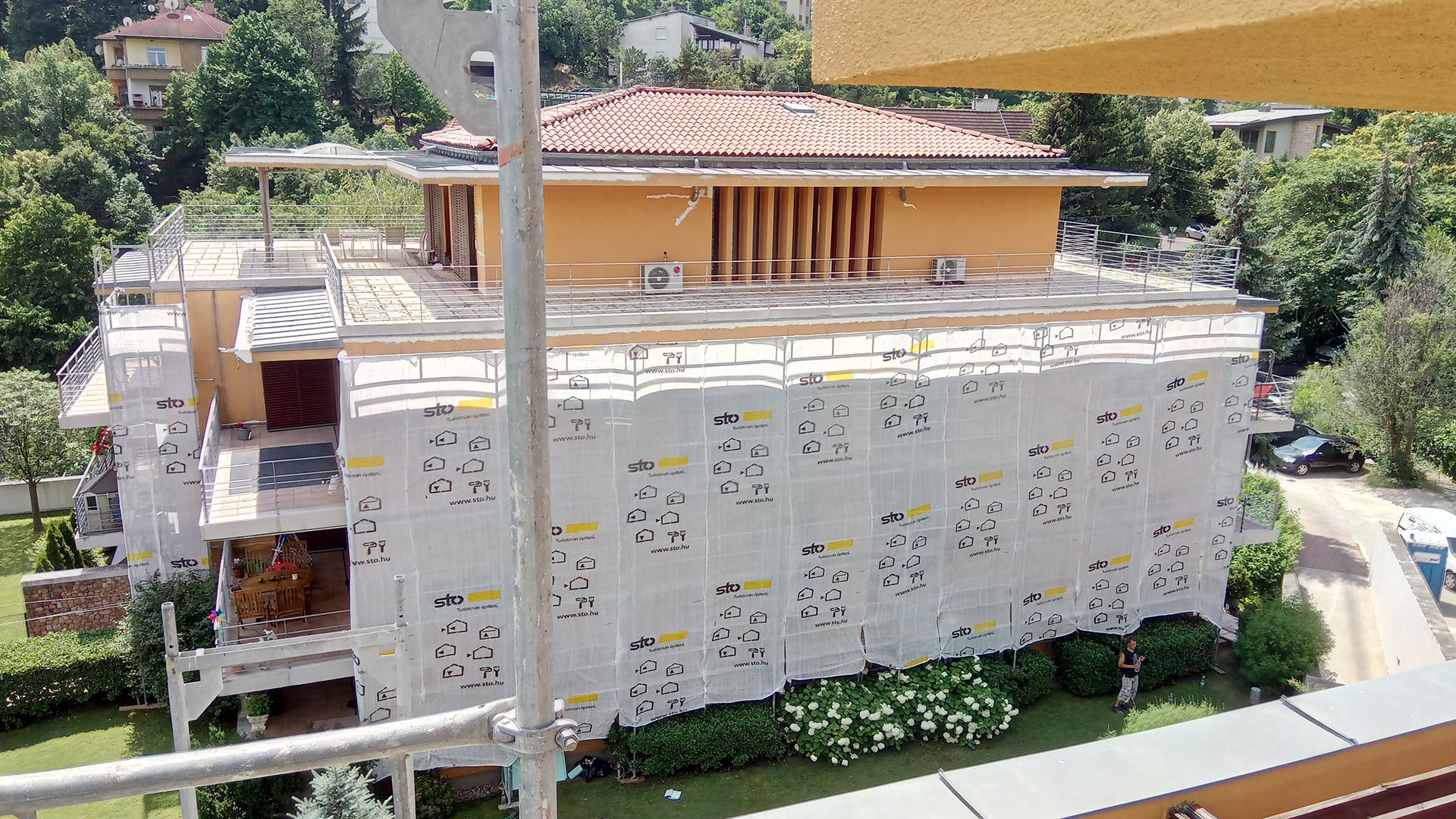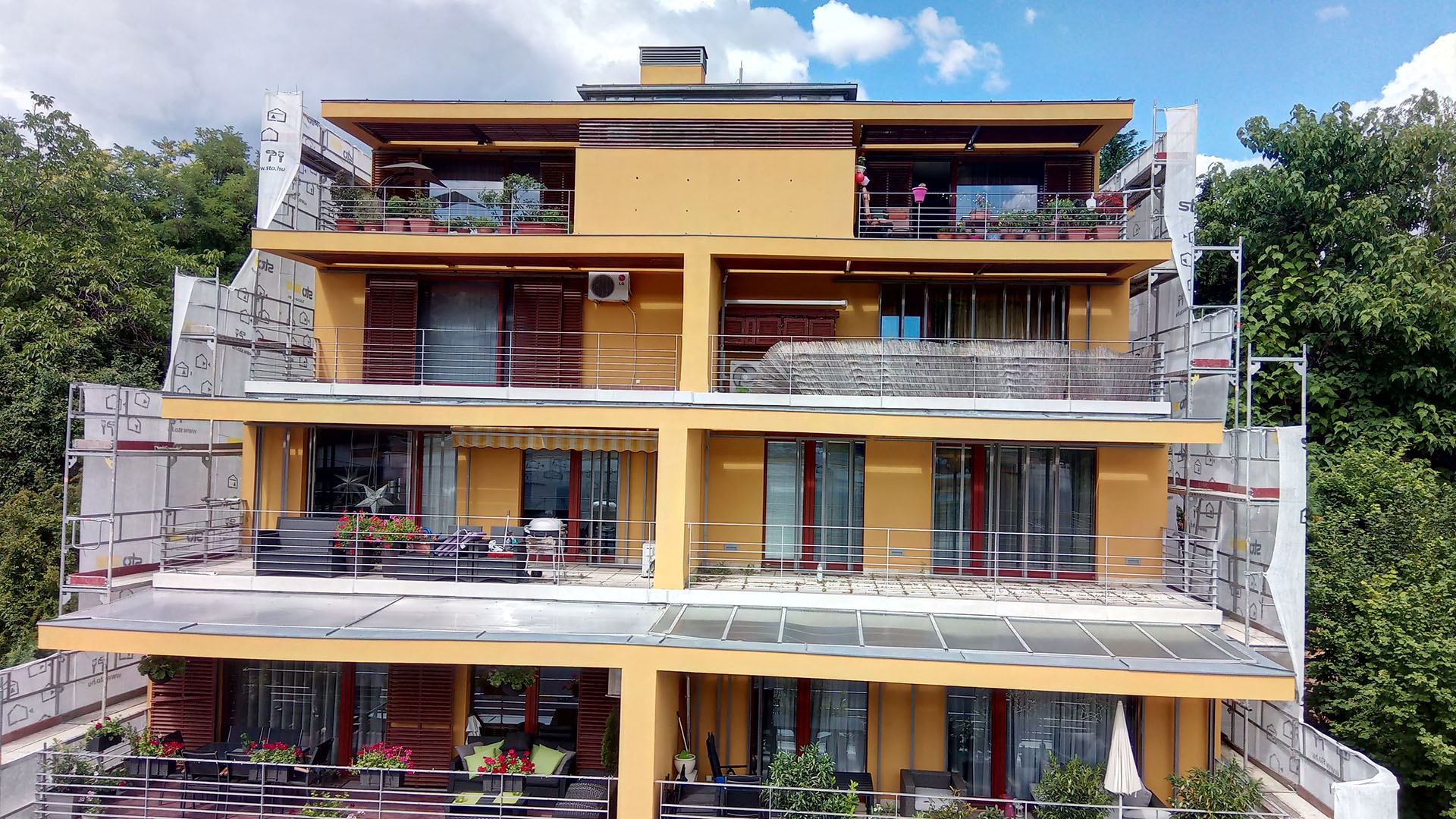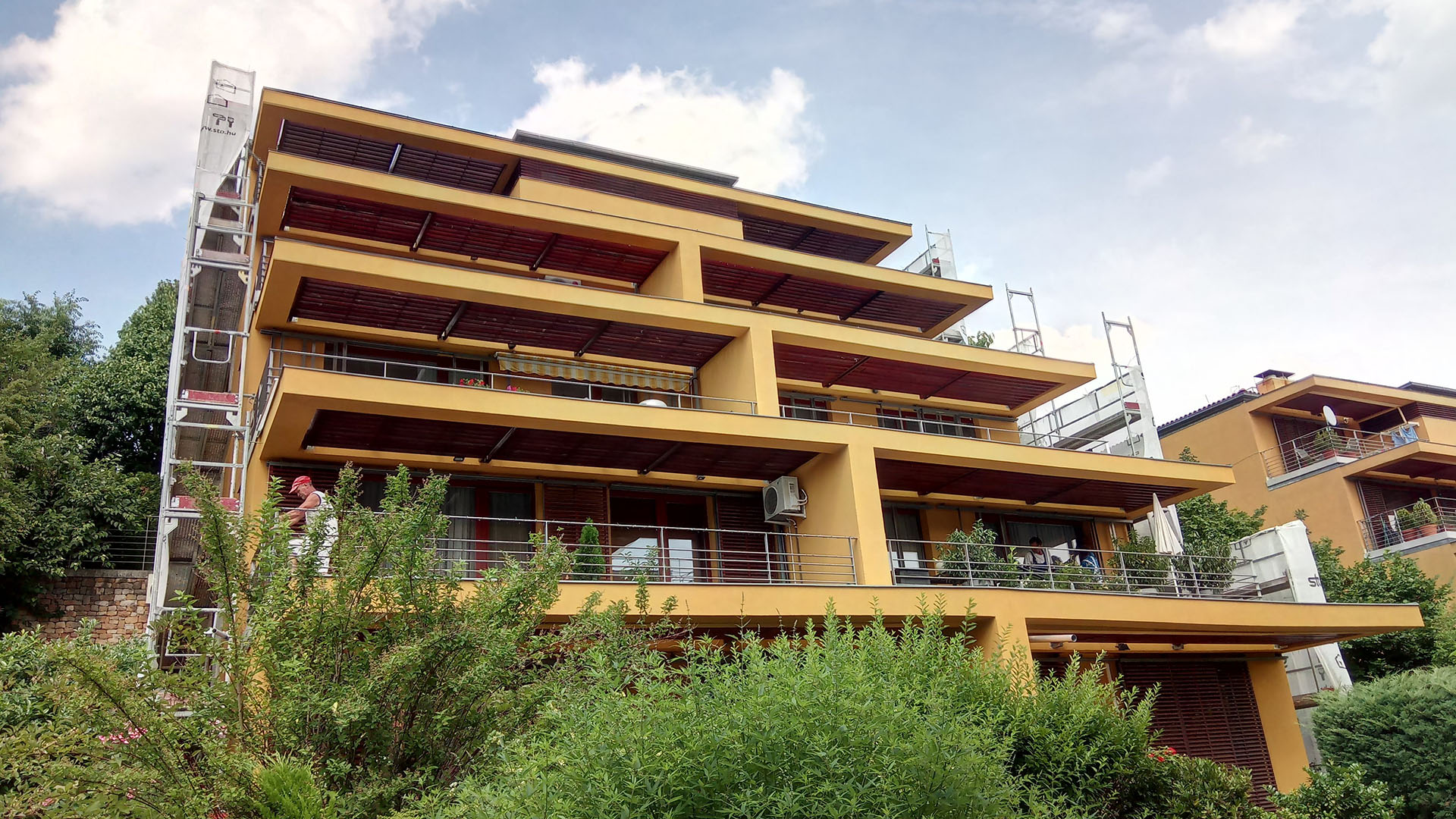If you want to renovate or just refresh your home, office or office building you might want to have a look at the new technologies, techniques and materials that may have appeared in the market recently. This can come in handy in the case of a simple paintwork as there are a lot of techniques that can give a completely unique atmosphere and quality for a real estate.
Paint systems that provide a barrier layer for facade coating systems or are used for crack repair must have other properties, than biocidal-effect facade paints that provide protection against fungus or algal growth. So nowadays, hydrophobic or non-hydrophobic whiting, single- or two-component pure silicate paints (non-hydrophobic), dispersion silicate paints, silicone resinous dispersion paints, silicone resinous paints and other dispersion paints are being used as façade paints. The basic principles show that the building physical requirements for facade paints can be very different. The most important requirements are basically applying to vapor and carbon dioxide permeability, water absorbing ability, optionally to crack bridging capability and above all, to the mechanical load capacity of the facade coating and the adhesion to the base surface. In addition, antimicrobial and antimicrobial agents play an increasingly important role, also chalking and the tendency for efflorescence may be crucial parameters.
FEATURED SERVICES
THERMAL INSULATION OF BUILDINGS
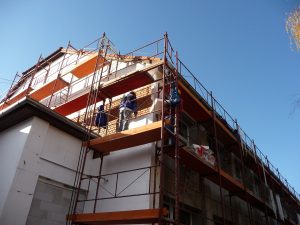
SURFACE CLEANING AND PREPARATION
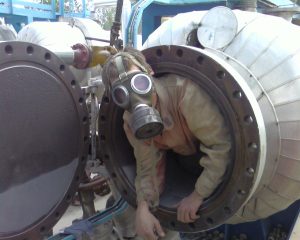
EARTH AND SOIL WORKS


